How Roses Appeared in Embroidered Clothing and What They Mean
The rose in embroidery is one of the most beloved floral patterns. It can be seen both on old shirts and on modern dresses, blouses, and T-shirts.
In this article, we will talk about how roses appeared in embroidered clothing, what they mean, and what such clothing is best worn with.
How Roses Appeared in Embroidered Clothing
Flowers have always been present in embroidery. At first, these were simple ornaments: leaves, branches, stylized flowers. Over time, craftswomen began to “bring the patterns to life” and make them more similar to real plants. This is how roses appeared in embroidery.
The rose was a popular flower in young ladies’ gardens, in both urban and rural yards. It was considered a noble, beautiful, and “festive” flower. It is no wonder that women and girls wanted to have roses not only in the garden, but also on their clothing.
At first, roses were embroidered mainly on festive items:
- women’s shirts for major holidays,
- towels for special occasions,
- wedding clothing elements.
Over time, roses became such a beloved motif that they began to be used to decorate more everyday items as well. Now roses can be seen not only on traditional embroidered shirts, but also on dresses, office-style shirts, and even on sweatshirts and hoodies.
The Meaning of Roses in Embroidery
Embroidered roses are not just a beautiful ornament. Each color, shape, and placement carries its own semantic meaning.
The Basic Symbolism of the Rose
Most often the rose symbolizes:
- love – sincere, passionate, deep;
- femininity – beauty, tenderness, refinement;
- protection – through the combination of flower and thorns it is interpreted as a union of beauty and strength;
- family happiness – harmony in a couple and in the family;
- youth – the bloom of life, the time when dreams come true.
That is why embroidered roses are often chosen for wedding or festive looks, as well as a special gift for a loved one.
The Meaning of Rose Colors
Color in embroidery is very important. Here is how different shades of roses are most often interpreted:
- Red rose – love, passion, intensity of feeling, courage. Well suited for ceremonial events and romantic looks.
- Pink rose – tenderness, romanticism, modesty, softness. This is a good option for young girls, as well as for everyday feminine style.
- White rose – purity, sincerity, a new beginning. Often associated with wedding themes, faith, and inner harmony.
- Burgundy, wine shades – maturity, deep feelings, self-confidence, sophistication. They look good on more restrained, elegant clothing.
Placement of Roses on Clothing
Not only the color, but also the placement of the pattern can have its own meaning:
- On the chest – protection of the heart, a symbol of preserving feelings and the inner world.
- On the sleeves – the road of life, events that accompany a person, their actions.
- Along the hem of a shirt or dress – foundation, support, native land, family roots.
- Along the button placket – an “axis” that connects the outer and inner worlds, a protective line along the body.
What to Wear with Clothing Embroidered with Roses
Modern embroidery goes wonderfully with various styles. Here are a few simple ideas on how to wear clothing with roses.
Everyday Looks
- Embroidered shirt + jeans – a classic combination suitable for every day.
A white shirt with red or pink roses is easy to combine with light blue or dark blue jeans. - Embroidered blouse + skirt – for a feminine look. Solid-colored, mid-length skirts without excessive details work well so that the focus remains on the embroidery.
- Embroidered T-shirt or hoodie – an option for those who love comfort. Roses can be a small accent on the chest, sleeve, or back.
Office and Business Style
- Shirt with neat roses + classic trousers – a restrained but not boring look. It’s better to choose calmer tones without too much contrast.
- Embroidered blouse + blazer – roses can serve as an elegant accent under a jacket. Combines well with solid-colored suits.
If the embroidery is bright, it is better for the rest of the clothing to be calm – solid-colored, without large prints. This helps create a harmonious look.
Festive and Special Occasions
- Embroidered dress with roses – a wonderful option for celebrations, family events, photo shoots, and weddings for guests. Here the roses can be more expressive and larger.
- Matching outfits – when a couple or family has similar embroidery elements with roses. This looks very stylish at family celebrations.
- Wedding looks – roses in white, cream, or pale pink are especially suitable for church weddings, civil ceremonies, and photo sessions.
Accessories for Rose Embroidery
So as not to overload the look, it’s worth remembering a few simple rules:
- If the roses are bright and large – choose understated jewelry (small earrings, a thin chain).
- The bag and shoes are preferably solid-colored – black, beige, white, or in one of the colors of the embroidery.
- If the embroidery is delicate and miniature – you can add a few more accessories, but still without excess.
Who Looks Good in Clothing with Roses
Embroidered roses suit both young girls and mature women. The main thing is to choose the right cut, color, and intensity of the pattern:
- Young girls suit delicate shades – pink, white, combinations with green and light blue. They can choose slightly larger flowers but in simple-cut garments.
- Older women are flattered by deep shades – burgundy, dark red, wine. The pattern can be more restrained, elongated vertically – this also visually “lengthens” the silhouette.
- For festive occasions you can choose bright, multicolored roses with gold or black accents.
Roses in embroidered clothing are a combination of beauty, symbolism, and style. They remind us of love, femininity, strength, family, and inner harmony. Such clothing is easy to incorporate into both everyday and festive wardrobes, combining it with jeans, skirts, classic suits, or dresses.
By choosing embroidery with roses, we add not only bright accents to the look, but also a piece of history and deep meaning.

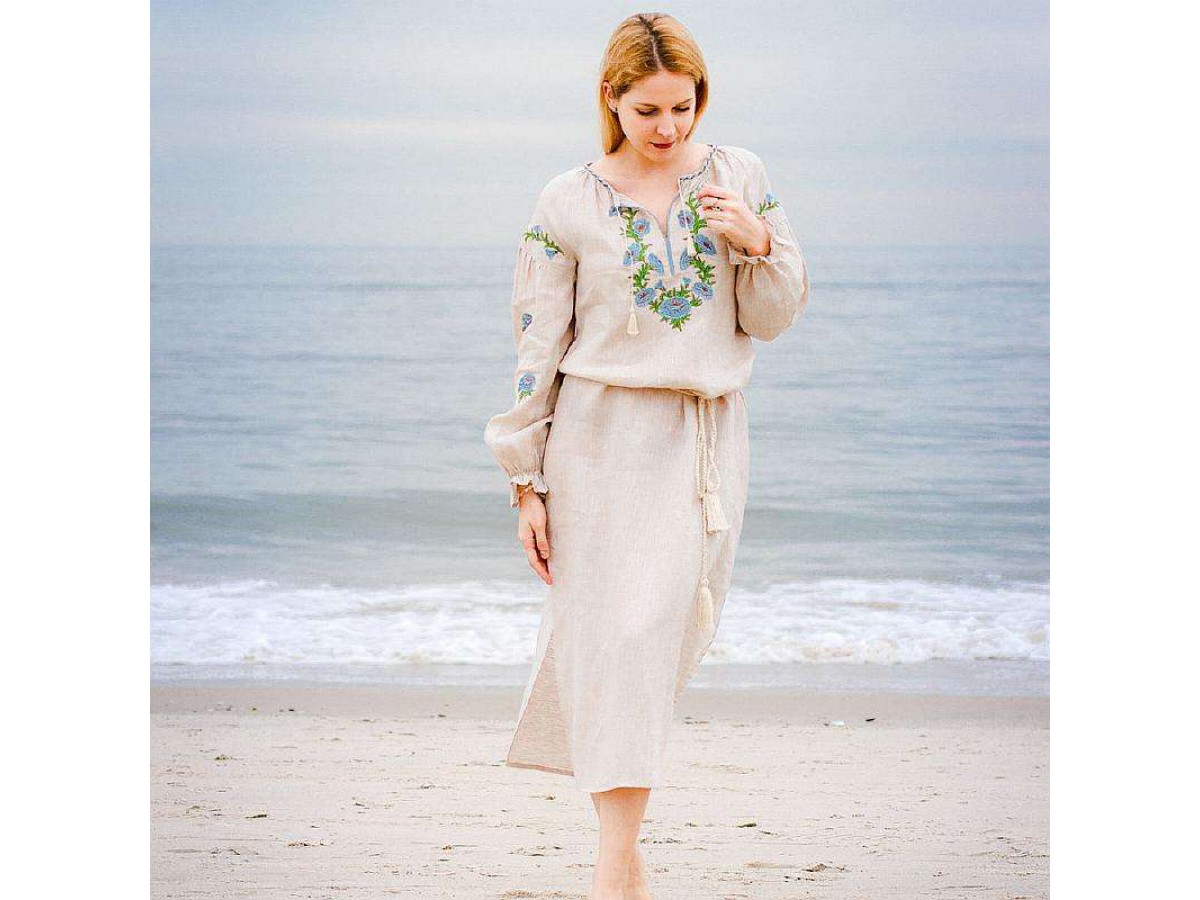
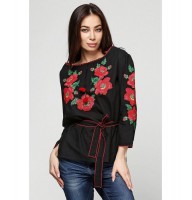
-192x200.jpg)
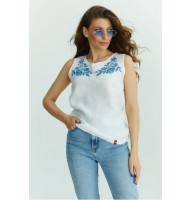
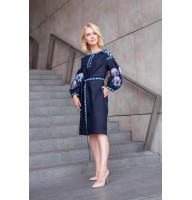
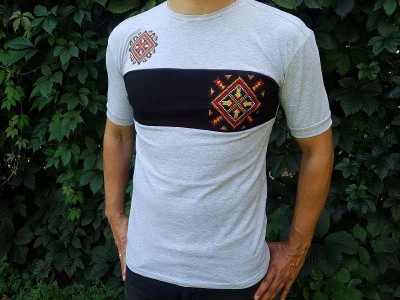

Write a comment